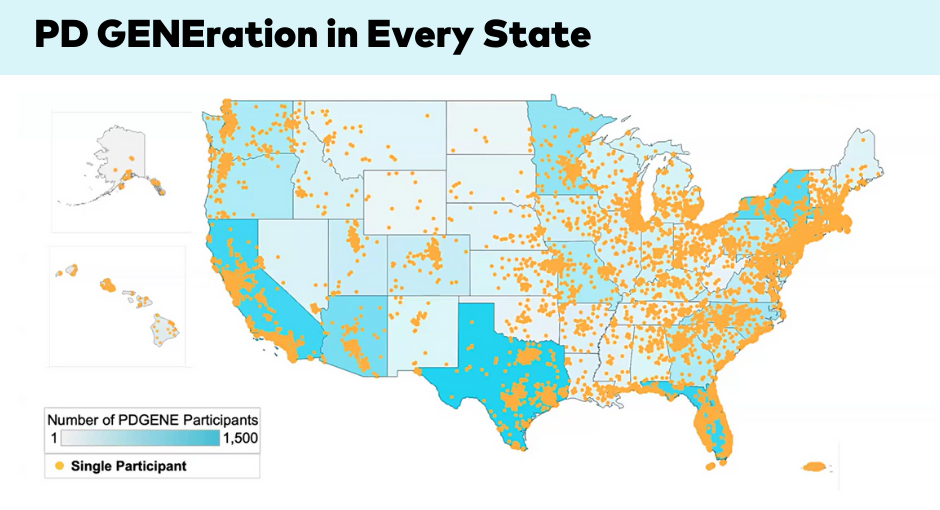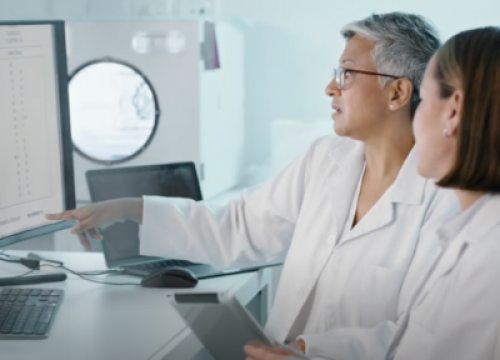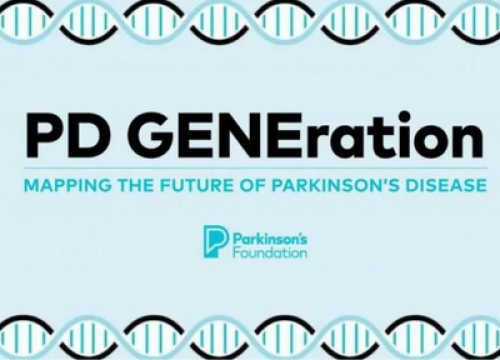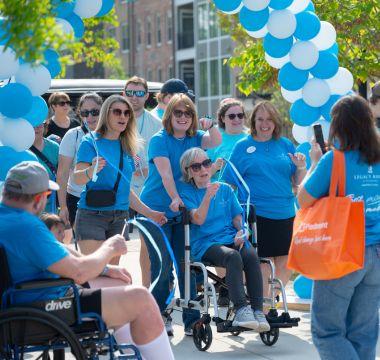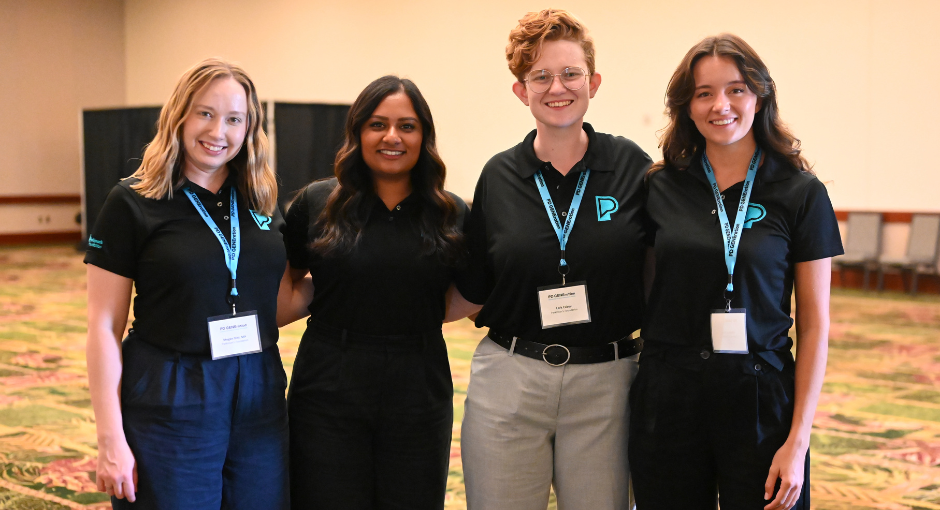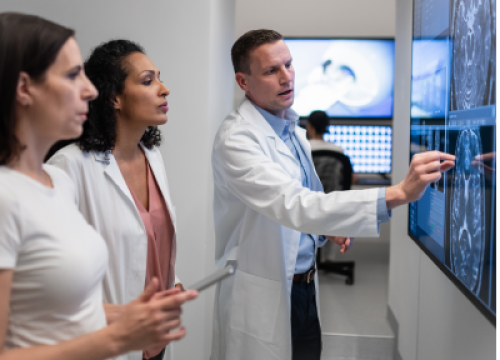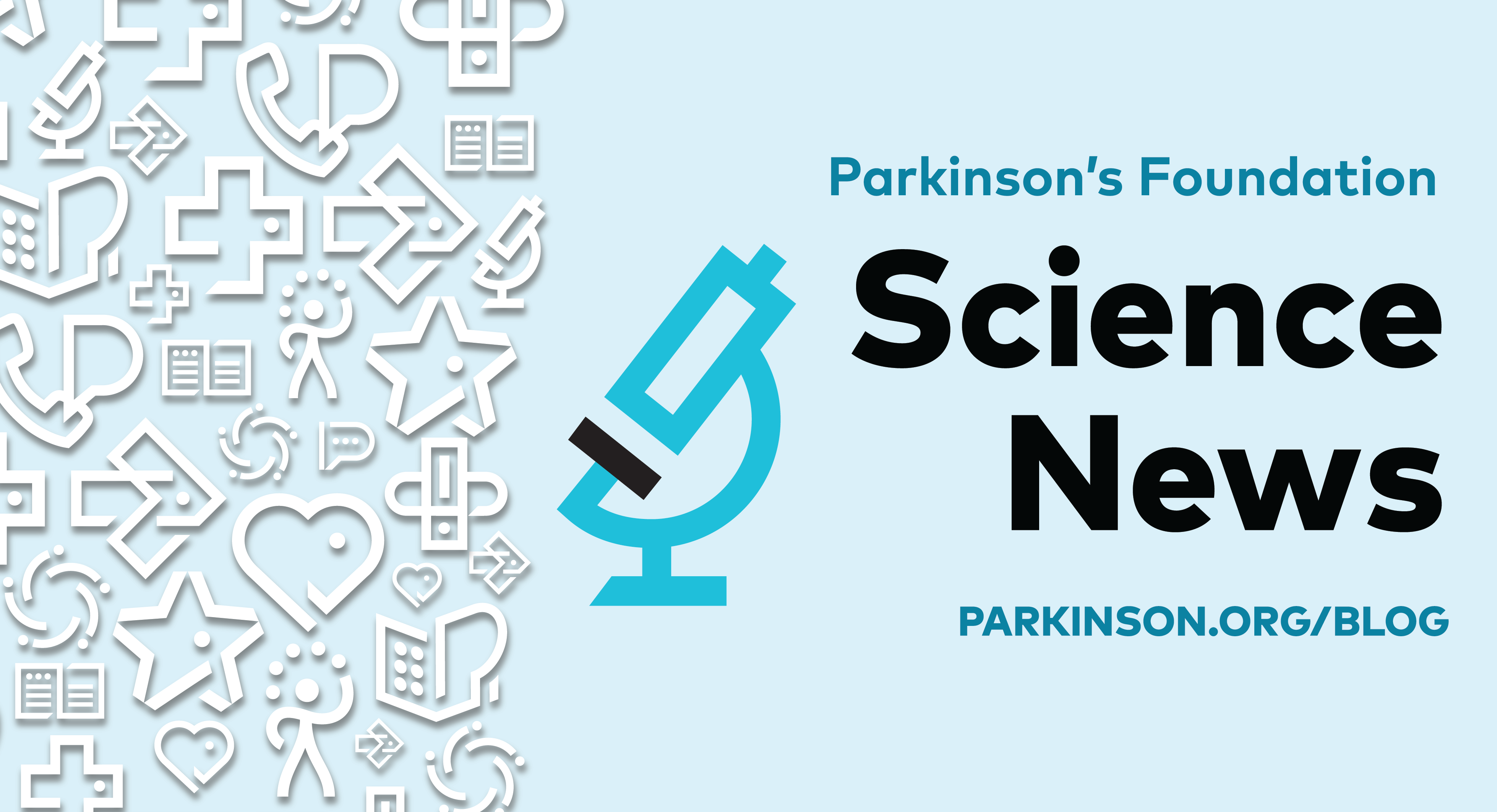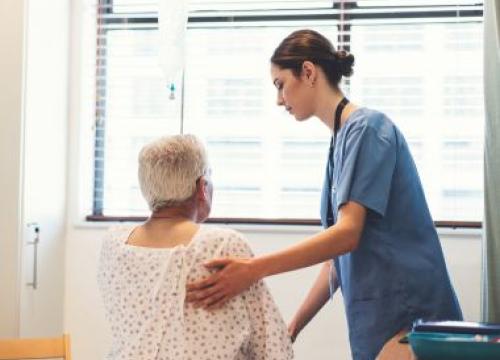Actualización: Un nuevo estudio revela que fármacos como el Ozempic son ineficaces en el tratamiento del Parkinson
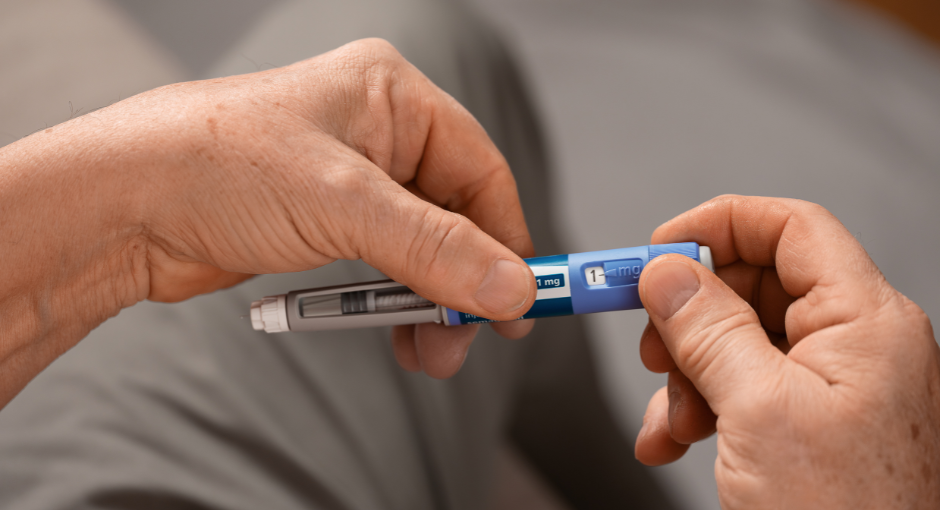
Este mes de febrero, un nuevo estudio publicado en la revista médica The Lancet ha despertado importantes dudas acerca de la eficacia potencial de la clase de fármacos para la diabetes agonistas del receptor GLP-1 en el tratamiento de la enfermedad de Parkinson (EP).
Un ensayo clínico de fase 3 evaluó el agonista del receptor de GLP-1 llamado Exenatida. El estudio, que constó de 194 participantes a quienes se dio seguimiento durante dos años, encontró que el uso diario de Exenatide no proporcionó ninguna mejora significativa para los síntomas del Parkinson en comparación con el placebo. Esta falta de mejora fue consistente en todos los grupos de edad, sexos y estadios de la EP. Los investigadores también realizaron tomografías computarizadas (CT scan) del cerebro antes y después del estudio en participantes seleccionados y descubrieron que la Exenatida no afectaba la actividad dopaminérgica en las regiones cerebrales relevantes para la EP.
Estos resultados sugieren que los actuales medicamentos agonistas del receptor GLP-1 no son eficaces como tratamientos modificadores de la enfermedad de Parkinson. A medida que los científicos aprendan más acerca de la vía biológica del GLP-1 y cómo afecta la salud de las neuronas dopaminérgicas, es probable que en el futuro se desarrollen y se pongan a prueba nuevos medicamentos con GLP-1 específicamente diseñados para el Parkinson.
¿Podrían los medicamentos para la diabetes como el Ozempic ser un tratamiento para el Parkinson?
Un ensayo clínico de lixisenatida, un fármaco aprobado por la FDA en 2016 para tratar la diabetes, mostró potencial para reducir los síntomas motores en personas con Parkinson
La enfermedad de Parkinson (EP) es un trastorno neurodegenerativo en el que las células cerebrales productoras de dopamina se descomponen lentamente con el paso del tiempo. Esta pérdida de dopamina provoca diversos síntomas motores, como temblor, rigidez, lentitud de movimientos y problemas con el equilibrio. Aunque los tratamientos actuales pueden ayudar a controlar muchos de los síntomas de la EP, no abordan las causas de la enfermedad y, por lo tanto, no pueden evitar su progresión.
Nuevas investigaciones sugieren una posible relación entre la disminución de la sensibilidad del cerebro a la hormona insulina y la progresión del Parkinson. Esta observación ha llevado a los investigadores a estudiar si los medicamentos antidiabéticos que ayudan a controlar los niveles de insulina podrían ralentizar la progresión del Parkinson.
Los fármacos Ozempic y Wegovy pertenecen a una clase de medicamentos para la diabetes llamados agonistas de los receptores GLP-1 que, junto con algunos otros medicamentos para la diabetes, han mostrado potencial para reducir el riesgo de desarrollar Parkinson en personas con diabetes. Estos fármacos imitan la acción de una hormona natural que regula los niveles de azúcar en sangre.
Sin embargo, se desconoce si los fármacos agonistas del receptor GLP-1 pueden beneficiar a las personas con Parkinson que no tienen diabetes.
Un reciente ensayo clínico, publicado en el New England Journal of Medicine, analizó si un agonista del GLP-1 llamado lixisenatida podría ofrecer un nuevo enfoque de tratamiento para las personas en los primeros estadios del Parkinson. El estudio mostró que la lixisenatida, que fue aprobada por la FDA en 2016 para ayudar a los diabéticos a controlar el azúcar en la sangre, ayudó con los síntomas motores en personas con la EP y podría ralentizar la progresión del Parkinson.
Como parte de este estudio, un modelo de ratón del Parkinson demostró que la lixisenatida mejoraba los problemas motores y preservaba las células cerebrales, lo que sugiere que los agonistas del GLP-1 podrían tratar las causas subyacentes de la EP.
Además, la lixisenatida no es el único agonista del receptor GLP-1 con potenciales aplicaciones terapéuticas para el Parkinson: al menos otros seis medicamentos similares están bajo evaluación actualmente como tratamiento potencial para la EP. Sin embargo, en comparación con la liraglutida y la semaglutida (como Wegovy), la lixisenatida parece ser más eficaz en atravesar la barrera hematoencefálica.
Resultados del estudio
El nuevo estudio, —un ensayo clínico de fase 2—, reclutó a 156 personas con Parkinson, que fueron asignadas aleatoriamente para recibir lixisenatida o un placebo. Los participantes fueron diagnosticados con Parkinson dentro de los tres años anteriores y estaban tomando medicamentos dopaminérgicos, como la levodopa y continuaron haciéndolo durante el ensayo. Para cada participante, los investigadores evaluaron los síntomas antes del tratamiento con la inyección diaria de placebo o lixisenatida y 12 meses después.
Tras 12 meses de tratamiento, las personas que recibieron lixisenatida mostraron mejores resultados en sus síntomas motores en comparación con las que recibieron un placebo. Mientras que los síntomas motores del grupo de lixisenatida no cambiaron en comparación con el inicio del ensayo, el grupo de placebo experimentó un empeoramiento de sus síntomas.
Tras 12 meses de tomar lixisenatida o un placebo, los participantes se sometieron a dos meses sin ningún tratamiento y se volvieron a evaluar los síntomas. El grupo de lixisenatida mostró mejores síntomas motores en comparación con el grupo de control después de dos meses, lo que sugiere que la lixisenatida puede tener un impacto positivo en la progresión de la enfermedad.
Cabe destacar que los que recibieron lixisenatida tuvieron más efectos secundarios gastrointestinales: un 46% de los participantes que tomaron lixisenatida tuvieron náuseas y 13% experimentaron vómitos. Aproximadamente un tercio de los participantes (28 personas) que recibieron lixisenatida optaron por una dosis inferior durante el estudio debido a los efectos secundarios.
Destacados
-
En el estudio participaron 156 personas con Parkinson, que fueron asignadas aleatoriamente a recibir una inyección diaria de lixisenatida (un agonista del GLP-1) o un placebo.
-
Tras un año de tratamiento, las personas que recibieron lixisenatida mostraron mejores resultados en sus síntomas motores en comparación con las que recibieron un placebo.
-
La lixisenatida provocó efectos secundarios gastrointestinales en muchos participantes: un 46% tuvo náuseas y un 13% experimentó vómitos.
¿Qué significa esto para los medicamentos del GLP-1 y el Parkinson?
Este estudio puede indicar que ciertos agonistas del GLP-1 podrían ser beneficiosos para reducir ciertos síntomas del Parkinson. Estos prometedores resultados inspirarán más investigaciones sobre los efectos a largo plazo de la lixisenatida en la progresión de la EP.
Este estudio tenía un tamaño de muestra pequeño y sólo evaluó el fármaco en los recién diagnosticados (diagnosticados en los últimos tres años). Se necesitan estudios más amplios, con un número significativamente mayor de participantes que vivan con rangos más amplios de los estadios de la EP, antes de que podamos establecer una conexión entre los agonistas del GLP-1 y el control de los síntomas o la progresión de la enfermedad.
Por último, actualmente se están investigando muchos agonistas del GLP-1 para el tratamiento de la EP y otros fármacos similares han mostrado resultados menos prometedores en comparación con la lixisenatida. Se necesitan más investigaciones para comprender las diferencias entre los distintos agonistas del GLP-1 sobre los síntomas de la EP.
¿Qué significan estos hallazgos para las personas con la EP en este momento?
Actualmente, los agonistas del GLP-1 sólo están aprobados para el tratamiento de la diabetes y la obesidad. Las personas con Parkinson que también tienen diabetes y obesidad deben hablar con su médico antes de empezar a tomar un agonista del GLP-1. Actualmente no hay pruebas suficientes que respalden el uso de agonistas del GLP-1 como la lixisenatida como tratamiento para las personas con Parkinson que no tienen diabetes ni obesidad.
Además, la pérdida de peso asociada a los agonistas del GLP-1 puede ser un problema para las muchas personas con Parkinson que experimentan una pérdida de peso involuntaria a lo largo de la enfermedad.
Cabe destacar que la lixisenatida ya no está disponible en los EE.UU.
Aprenda más
La Parkinson’s Foundation cree en el empoderamiento de la comunidad de Parkinson a través de la educación. Aprenda más acerca de la EP y de los temas en este artículo a través de nuestros recursos mencionados abajo o llame a nuestra Línea de Ayuda gratuita al 1-800-4PD-INFO (1-800-473-4636), opción 3 para español, para obtener respuestas a sus preguntas acerca del Parkinson.
